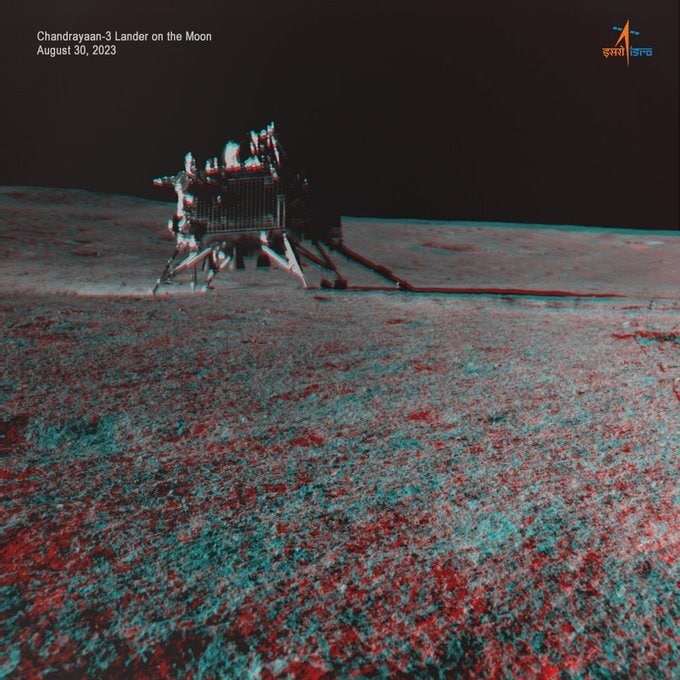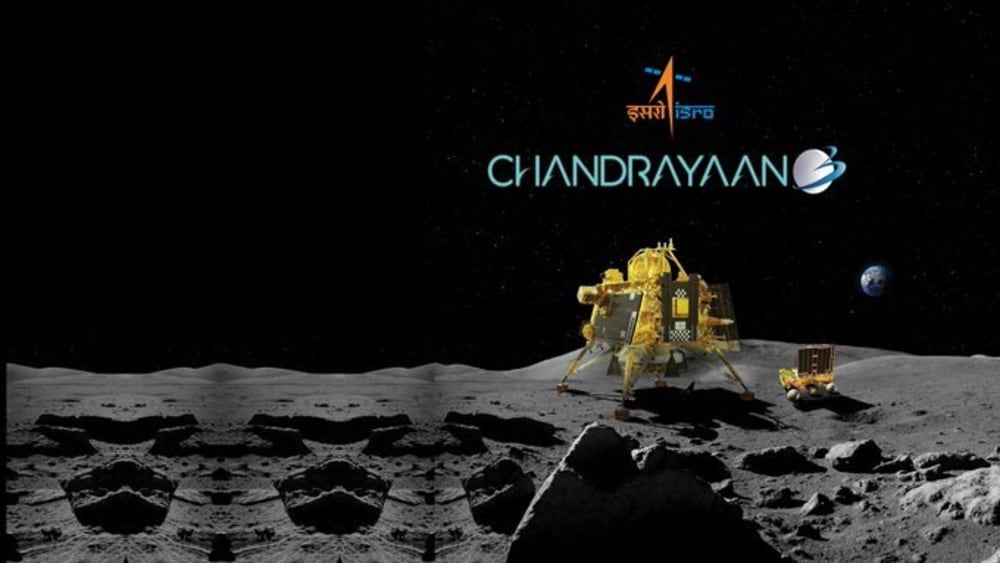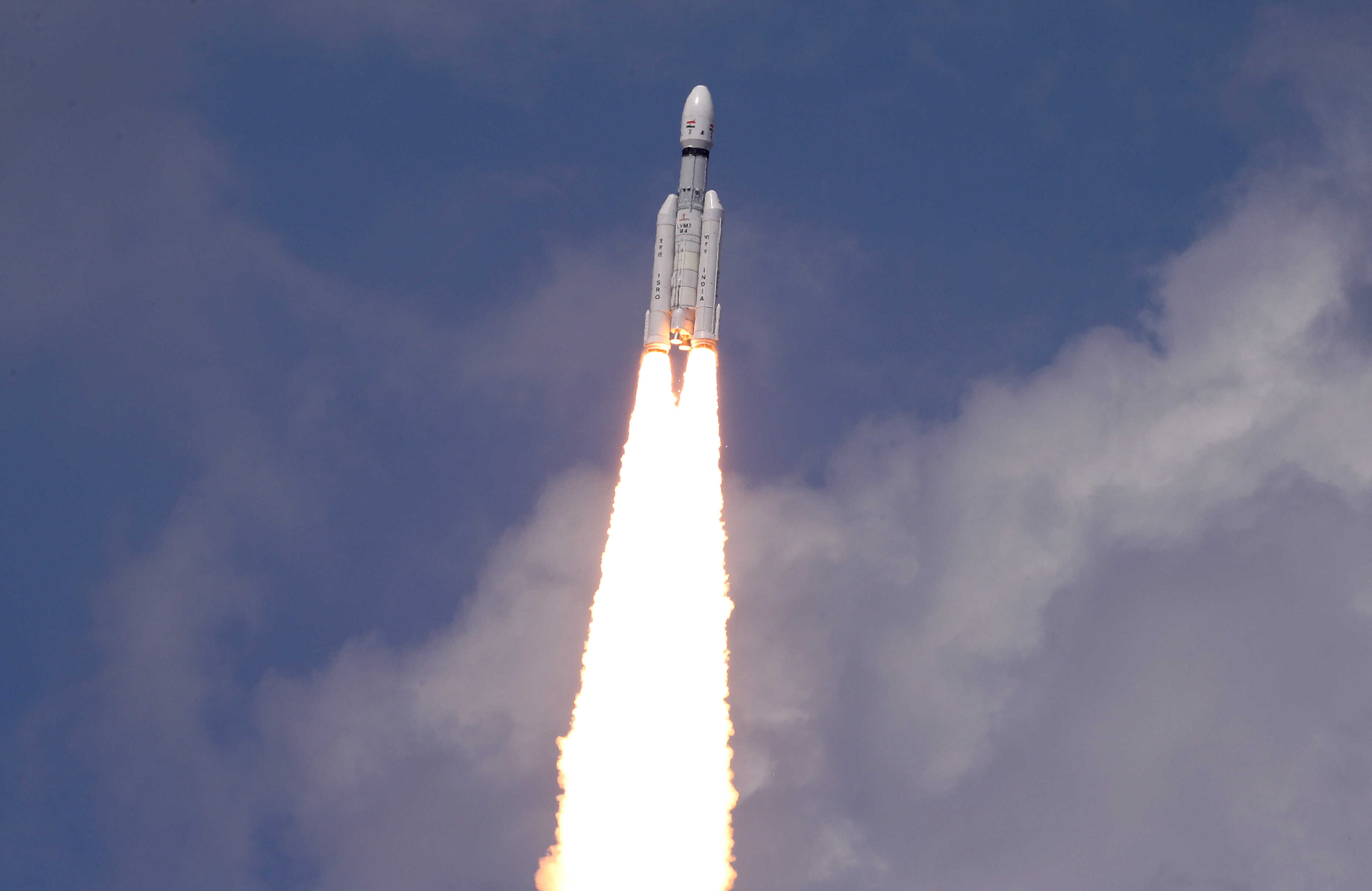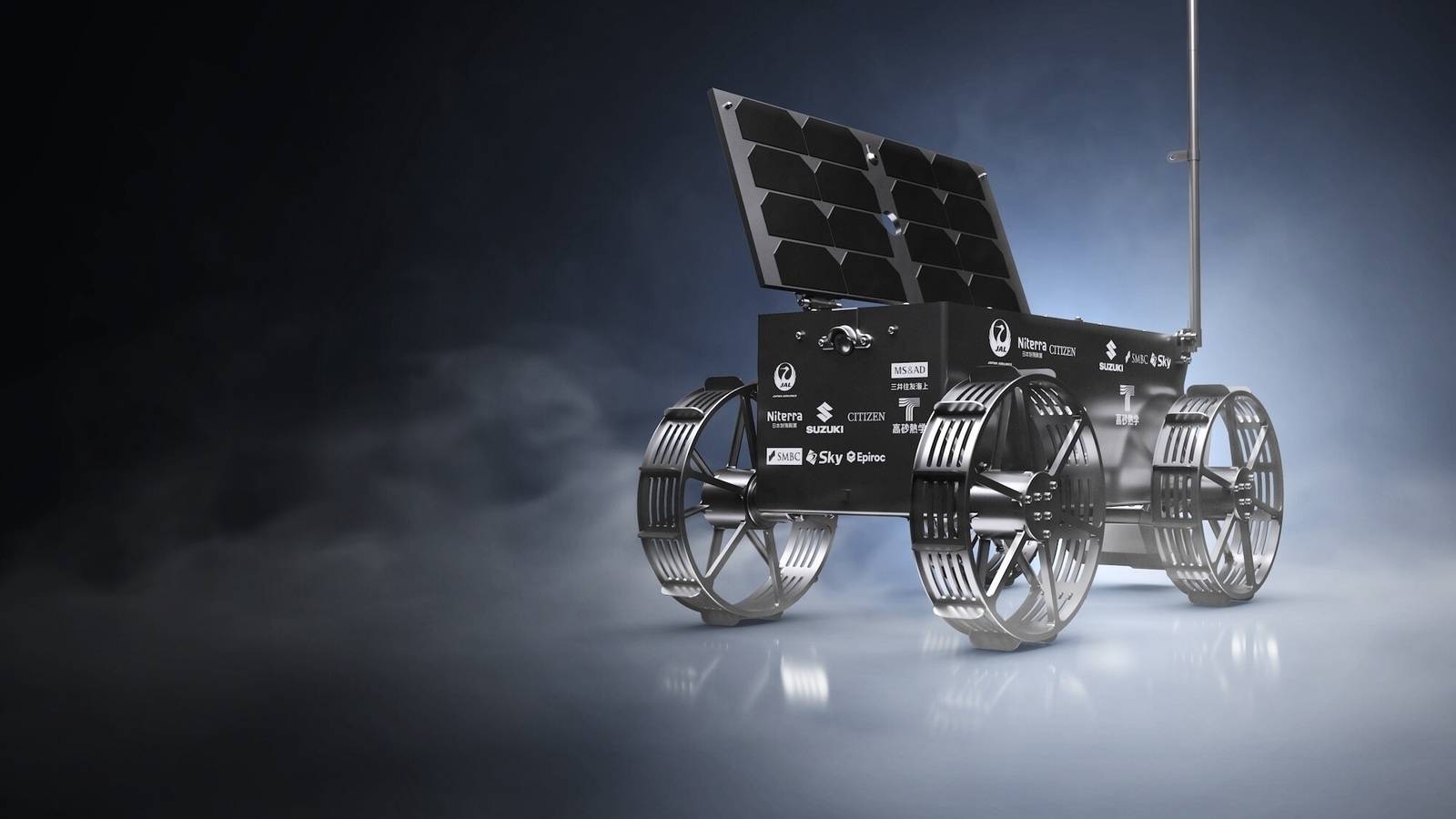iSpace unveils final design of micro rover for upcoming Hakuto-R Mission 2
iSpace showcased the final design of a new micro rover for the upcoming Mission 2 of the Hakuto-R program, featuring a carbon fiber-reinforced frame and HD camera for lunar image capture.






 View all Images
View all ImagesAs part of its latest mission to explore the Moon, private lunar robotic exploration company iSpace showcased the final design of its new micro rover for the upcoming Hakuto-R Mission 2. This comes after the space company failed in its objective to perform a soft landing on the Moon, a feat which was achieved by the Indian Space Research Organisation (ISRO) earlier this year. But this hasn't dented the company's ambitions, as it is planning a second mission to try a lunar soft landing, and it will also aim to deploy a rover. Know all about this new lunar rover showcased by iSpace.
iSpace lunar rover
In a press conference, iSpace Founder and CEO Takeshi Hakamada unveiled the final design of the micro rover that will be transported to the lunar surface as part of the Hakuto-R Mission 2. Weighing approximately 5kg, the micro rover is approximately 26 cm tall, 31.5 cm wide, and 54 cm long. It will be stored in the payload bay at the top of the Resilience lander and will use a deployment mechanism to land on the Moon's surface after touchdown.
As per the company, the micro rover will feature a frame made of carbon fiber-reinforced plastics (CFRP) to withstand the rocket launch and other vibrations during transit to the lunar surface. This move also aims to make the rover lightweight. To capture the lunar images, the micro rover will have a forward-mounted HD camera. It will have wheels that will enable it to traverse the lunar topography.
Revealing the rover, the iSpace CEO said, “Continuous mission operations are essential to provide lunar transportation and data services, so I am pleased to announce the progress we have made on the Mission 2 lander flight model and the final design of the micro rover. In particular, I am proud of all the employees who have made this possible, who, in the short time since completing Mission 1 nearly six months ago, have incorporated the necessary improvements to advance this mission on schedule.”
The micro rover is being developed with co-funding from the Luxembourg Space Agency through a European Space Agency contract with the Luxembourg National Space Programme, LuxIMPULSE. As per the company, only the engineering model is in the works right now. Following environmental tests on the same, a flight model will be developed.
Catch all the Latest Tech News, Mobile News, Laptop News, Gaming news, Wearables News , How To News, also keep up with us on Whatsapp channel,Twitter, Facebook, Google News, and Instagram. For our latest videos, subscribe to our YouTube channel.































